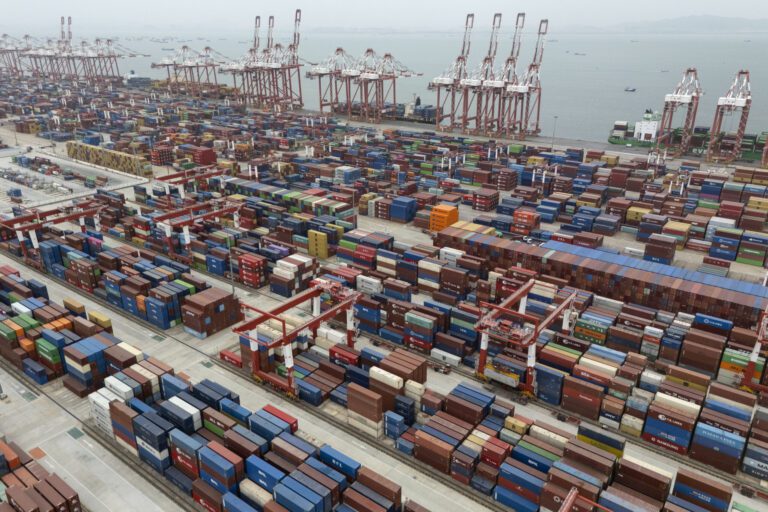New U.S. Tariffs Delayed: What You Need to Know
President Trump has announced a one-week delay in the implementation of new tariffs on imports from nearly 100 countries, pushing the start date to August 7. This extension may provide countries a brief window to negotiate trade agreements.
Overview of Tariffs and Trade Impact
Key Tariff Rates
-
Canada: A significant 35% tariff on select Canadian goods takes effect today, affecting approximately 10% of imports including dairy, lumber, steel, aluminum, and automobiles. However, most Canadian goods remain shielded under existing trade agreements.
-
Mexico: Similar to Canada, most Mexican goods are also exempt, yet a 35% tariff is currently on hold for 90 days as negotiations continue.
-
Brazil: Facing the highest announced tariff rate at 50%, this increase is part of a trade maneuver against Brazil related to the prosecution of former president Jair Bolsonaro.
- China: Imports from China currently attract a 30% tariff, as discussions aim to avoid substantial increases that may lead to a full-blown trade war.
Additional Tariff Rates
Other countries facing high tariffs include:
- Switzerland: 39%
- Iraq: 35%
- Algeria, Libya, and South Africa: 30%
- India: Subjected to a 25% tariff amid disputes regarding its tariffs and oil imports from Russia.
European Union Agreement
In a much-debated preliminary deal over the weekend, the European Union secured a 15% tariff rate. However, some EU members have expressed dissatisfaction and are requesting revisions as discussions progress.
Canadian Response to Tariffs
On Friday, Canadian Prime Minister Carney expressed disappointment over the increased tariffs on certain goods. In a statement, he affirmed, “While we will continue to negotiate with the United States on our trading relationship, the Canadian government is laser-focused on what we can control: building Canada strong.”
Financial Implications and Trade Deficits
The White House recently emphasized that President Trump’s tariff measures are a vital strategy to prioritize American interests amid a growing trade deficit. According to the Census Bureau, the U.S. trade deficit expanded to $71.5 billion in May, marking an increase of $11.3 billion from April. This rise is attributed primarily to a significant decline in exports, particularly in natural gas, finished metals, and gold.
Key Takeaways
- Tariff Rates: Ranging between 10-15% for most other countries.
- Impact on Exports: Significant declines noted in U.S. exports following tariff announcements.
- National Security: The White House claims tariffs are essential to protect the economy.
Conclusion
As the U.S. navigates these complex international trade relationships, the delayed tariffs may create an opportunity for countries to recalibrate their strategies. Ongoing negotiations will play a crucial role in shaping future trade dynamics. For continuous updates, stay tuned to reliable news sources here and here.
For further insights, explore detailed reports on trade tariffs in the U.S. on Trade.gov.


